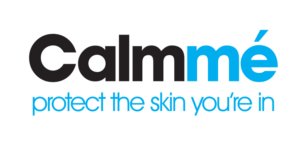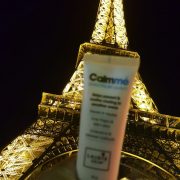Skin issues and their misconceptions
As the skin is the largest organ in the body, the chances of experiencing a skin related issue at some point in our lives, is high. What makes our skin issues a little more complicated is how society can judge us by what our skin looks like.
Similar to judging someone’s popularity by how many followers they have on Instagram or being impressed by their wealth due to the car that they drive or the bag that they carry, sometimes what we see on the surface is very different to what is in fact the truth.
The car and the bag may be borrowed or leased. Those followers on Instagram, may have been bought too!
The following are LAJOIE SKIN’s top three skin related misconceptions that need to be debunked.
-
Acne
Myth: Is due to being unclean
Truth:
Acne is due to the excess production of sebum that is produced by our skin’s sebaceous glands. Sebum combined with bacteria and dead skin cells is the perfect environment for acne.
Hormonal changes and stress can trigger an increase in the production of the male hormone, androgen. Androgen can then stimulate an over production of sweat and sebum. An overproduction of sweat and sebum can cause a variety of skin related issues of which one is acne.
It is recommended that you do not over clean your skin, as this will produce even more acne. For further reading on this, please refer to 14 Tips on how to get rid of acne and key ingredients to look out for.
-
Chafing
Myth: Is any issue due to body weight.
Truth:
The natural curves of our body may need protection from being chafed. Both exercise and skin rubbing against skin or clothing can cause chafing. Hormonal imbalances or stress which can be experienced during various stages in our lives, can cause excessive sweating. Puberty, pregnancy and menopause can cause excessive sweating and this combined with our natural curves can cause chafing.
The term “chub rub” is often used to refer to chafing of the inner thighs and this is totally incorrect. Not all ‘thick thighed’ people chafe and in fact, thin thighed people can easily chafe too.
Chafe prone skin is not an issue due to specific body frames or body type. Chafing is an issue based on how specific skin responds to the combination of sweat and either skin rubbing on skin or skin rubbing against clothing.
The aim to prevent chafing in the first instance is to use the product Calmmé which helps create a long lasting barrier so that it can protect the skin from chafing. In the event that chafing has already occurred, Calmmé helps soothe and calm already inflamed skin.
-
Eczema
Myth: It is contagious
Truth:
Although eczema is very common there is still a lot of miscommunications. Eczema is not contagious, very unlike acne it is not bacterial and it cannot spread.
Having said that, if the skin’s barrier is broken this can allow germs to enter and then it can be infected. If the skin is then infected by staph or a virus like herpes there will be a noticeable change in the skin’s appearance. If the skin is crusting or oozing, best to see a doctor immediately.
Eczema is exacerbated by stress. Cortisol is the stress hormone which damage’s the skin’s ability to hold onto water. This loss of water increases the dryness and further inflames the skin.
It is recommended to use a gentle cream that can create a barrier so that the skin does not lose further water. A cream with a long lasting barrier can ensure that the skin is protected from external elements. Although some eczema sufferers may want to hide away, get out and exercise. Exercise and a balanced diet which contains loads of vegetables, fruit and water helps reduce stress.
Remember no matter what your skin’s challenges, always to aim to, enjoy the skin you’re in!











